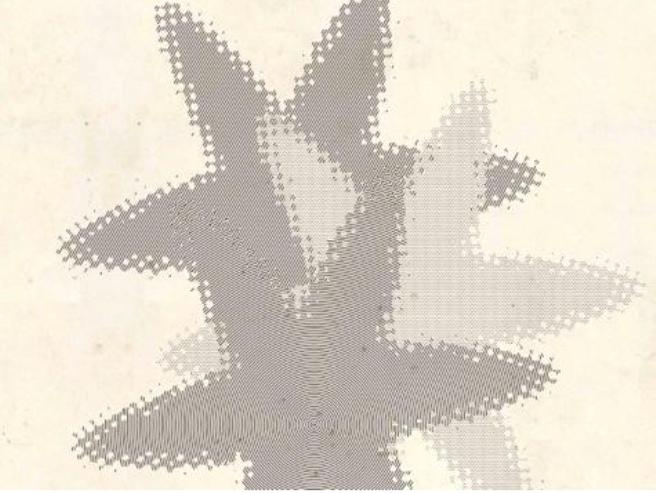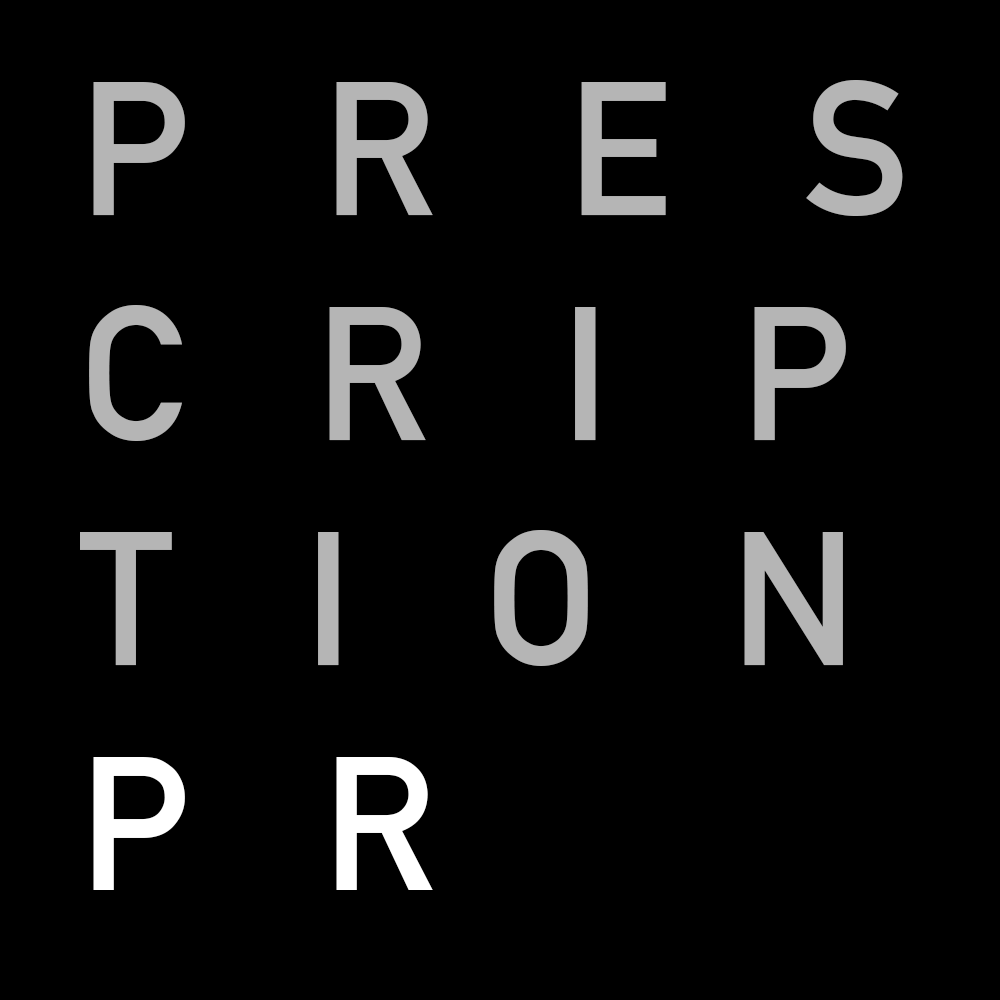The Orb: 25th anniversary tour and 4-disc 'Island Years' box set

UK and Ireland tour dates: October 10 to November 24 2013
Box set release: October 7 2013
It seems almost incomprehensible that it’s now 25 years since Alex Paterson took his first giant steps under the banner of The Orb. Caught in the escalating rush of acid house and armed with dream-realising new technology, Alex, and whoever else was on his flight path at the time, started pumping their inherent sense of mischief into panoramic soundscapes with heavyweight beats, taking the live electronic experience to new levels.
A quarter century later, the world is a much different place after technology progressed further, changing the way music was created and heard as the next century got under way. By then, The Orb had already charted a fearlessly wayward course, while unleashing one of the most uncompromisingly innovative bodies of work of the last century, no sound too extreme or source too cheeky.
This is why we’re gathered here today - to mark The Orb’s Silver Jubilee with a collection of landmarks from their first two decades, plus a bunch of extra treats. When Alex took those first, tentative steps 25 years ago he was in the throes of the second revolution to erupt in his life after punk‘s big bang. Acid house opened up a new form of anarchy, using machines before they were changed to protect the innocent. There was always attitude in the Orb’s ambience, as Alex declared more than once, “we’ve got the same attitude as punk rock.”
After Alex and first Orb partner Jimmy Cauty’s initial dalliances in Cornwall, the first major statement under The Orb name was 1989’s A Huge Ever Growing Pulsating Brain That Rules From The Centre Of The Universe, among early releases on Alex and Youth’s W.A.U. Mr Modo label.
Tellingly, this set starts with a high definition declaration of dance floor domination with the thunderous Orbital Dance Mix of the track which appeared on July, 1990’s A Huge Ever Growing Remix EP.
This key track in Orb lore appears here in three different incarnations, also including 1991’s Aubrey Mix Mk II ambient version from 1991’s Aubrey Mixes: The Ultra World Excursions, with crashing waves and clucking chickens lashing the pivotal melody. The live version shows how the track could also be cranked into the ultimate, all-going-off set closer. When it provided their 20 minute Peel session in December, 1989, it became the most requested in the show’s history.
The follow-up, Little Fluffy Clouds, (which started life in Alex’s bedroom at the infamous Coach House he was then sharing with Youth), was created at that magical time when sampling technology offered new oceans of possibilities (which turned into a Pandora‘s Box of litigation as claims rained in after these first innocent flurries of exploration).
1990’s Little Fluffy Clouds kicked off with English country narrative from Face The Facts presenter John Waite before the famous Rickie Lee Jones promo interview snippet which came with her Flying Cowboys album. Demonstrating the unlikely sources which separated the genuinely creative from mindless plagiarism, the beats hail from a Harry Nilsson track, introduced by Ennio Morricone harmonica. Coldcut, who’d been developing their own strain of underground sonic science, are here with their aptly-titled Heavyweight Dub Mix.
Next single from 1991’s Adventures Beyond The Ultra World was psychedelic reggae outing Perpetual Dawn, here heard in its Solar Youth version and the first of Andrew Weatherall’s cataclysmic pair of Ultrabass remixes, underpinned by Jah Wobble‘s chest-rattling bass.
Blue Room itself is a stratospheric epic with long-time mucker Steve Hillage's ether-surfing guitar, Miquette Giraudy's ghostly synths plus sirens, NASA astronauts and disemboided vocal, again underpinned by Jah Wobble's inimitable Earth's core-shaking basslines.
Clocking in at a second below the 40 minute limit imposed by chart compilers Gallop, Blue Room was released as a twelve-inch single on June 8, reaching number eight as the longest single to make the charts. It’s here in three versions - the single edit, live and Excerpt 605 on the rarities disc.
U.F. Orb was unveiled to the media at London's Planetarium. It came as a shocked but air-punching triumph when the album invaded the charts at number one. It continues its mighty presence on this collection with Majestic and Close Encounters appearing in disc two’s remixes.
Close Encounters showed how The Orb could deliver floor-destroying techno, working with Glasgow titans Stuart MacMillan and Orde Meikle, aka Slam, who‘d recently started their Soma label while running the raging inferno of their Slam club. If the original version was dominated by the astonishingly crowd-levitating groove, disc two’s ambient version brings out myriad other subtleties.
Disc three captures the sonic splendour of the live Orb show around this time, drawn from Trekkoner, Copenhagen and Woodstock 2 in 1993-94, hotwiring singles and album highlights with the spontaneous combustion of the duo‘s live mixing, which meant every gig was different. They were also playing a song called Assassin - 1992’s next single. Originally a fluid slab of astral funk draped in radioactive sonic worms, it became a prime example of an Orb piece spreading its wings live in various directions, appearing here as single edit and in two different live incarnations.
1993 saw angry grey streaks appearing in the little fluffy clouds, manifesting as the dark side of The Orb in mid-1994’s abrasive Pomme Fritz (The Orb’s Little Album), fired by rekindled punk spirit with anger often the energy.
Released in July 1994, Pomme Fritz sparked hostility everywhere from record company to press, although it still made number six in the UK charts (though not this set!).
With slate wiped clean, The Orb could move on and make their under-rated masterpiece Orbus Terrarum. This double-album epic of astonishing complexity, breadth and depth continued Alex’s exploring of a, “collage of noises that had never been heard before in that sort of music”, venturing into avant garde, musique concrete and classical realms, shot with the wildest dub.
With bassist Simon Phillips and percussionist Nick Burton also still around, The Orb set off on the album’s orchestral dub voyages, including the supremely evocative Oxbow Lakes, here in its album version.
Alex could now reflect on “two years of pretty hard labour” which had seen everything change, including record company, management and musical collaborators. There was still pressure to set their controls for the heart of the charts as Orbus Terrarum had just scraped the top 20 while there hadn’t been a huge single, so it came as another surprise when Toxygene reached number four in the singles chart in February, 1997; The Orb’s highest placed single yet. As a result, mothership album Orblivion sold well too.
The hit came with a beautiful slice of Orb-lore. During the ‘90s, The Orb trotted out remixes for a galaxy of artists, from Primal Scream to Robbie Williams, even a U2 knock-back, as Alex stuck to his motto, “you get an Orb track with bits of song on it.” Jean Michel Jarre’s 1977 hit Oxygene was a hugely-influential electronic landmark. To celebrate its 20 year anniversary, the French composer had created a sequel called Oxygene 7-13, The Orb were called to remix Oxygene 8. The composer was not too pleased remarking, “It’s not that I didn’t like it, but I wanted the first wave of remixes to be linked with Oxygene’s theme and textures.’ Alex simply took his remix, retitled it Toxygene (after being out-voted on ‘Toxic Genes’) and released it as first single from the album it had just found a home in, a hit in its own right. The single was released in a pink box containing two CDs with mixes inclusing Ganja Kru’s drum ’n’ bass workout (included here).
Orblivion featured a more streamlined Orb with Alex, Thomas and Andy, plus Steve Hillage, Miquette Girady and tour DJ Lewis Keogh. The object of the exercise this time seems to be how much fun they can have bending melodies and beats into new dimensions. After the ambient exploits of the previous two albums, the vibe around Orblivion was that The Orb were back in a funky mood, without trying to lead or start new trends because they’d already done that.
Next single was Asylum, a pulsing electro beast co-written with tour DJ Lewis Keogh, riding a gently squelching riff draped in lazy steel guitar and Detroit techno melody. The track is here in its album version.
After the unfettered creativity of the Orblivion phase and top five success of the single, darker clouds were again gathering again towards the end of the century. Although recorded through 1999, the delightfully multi-hued Cydonia got caught up in internal record label reshufflings, meaning it wasn’t released until 2000. Named after the area of Mars where the Viking space craft photographed a Sphinx-like face, Cydonia remains one of the most diverse and overlooked items in the Orb arsenal.
The core team of Alex, Andy Hughes, Thomas Fehlmann, Simon Phillips and Nick Burton was joined by Fil de Gonidec (another old Killing Joke mucker), Sabrettes’ Nina Walsh and Freaky Realistic singer Aki Omori, who unleashed her sepulchral vocals on a traditional Vietnamese melody for first single, Once More.
Meanwhile, Nina co-wrote and sang some of Alex‘s old lyrics on second single Ghostdancing, whose lustrous, hallucino-sheened future pop inevitably incurred flak for daring to venture near traditional song forms. This was easily dismissed by Alex: “This may be but they were ORB pop songs,“ while adding that, “Ghostdancing is probably one of the best Orb tunes we’ve ever done.” Disc two features the spectral textures of Mark Pritchard’s sumptuously deep remix.
There we have it: all aspects of The Orb in one boxset: the singles which took them to mass success, remixes which kept the underground happy, the kind of live show which blazed a trail for others to take dance music to the stadiums, plus some of the amazing videos which accompanied most of the singles assembled here.

